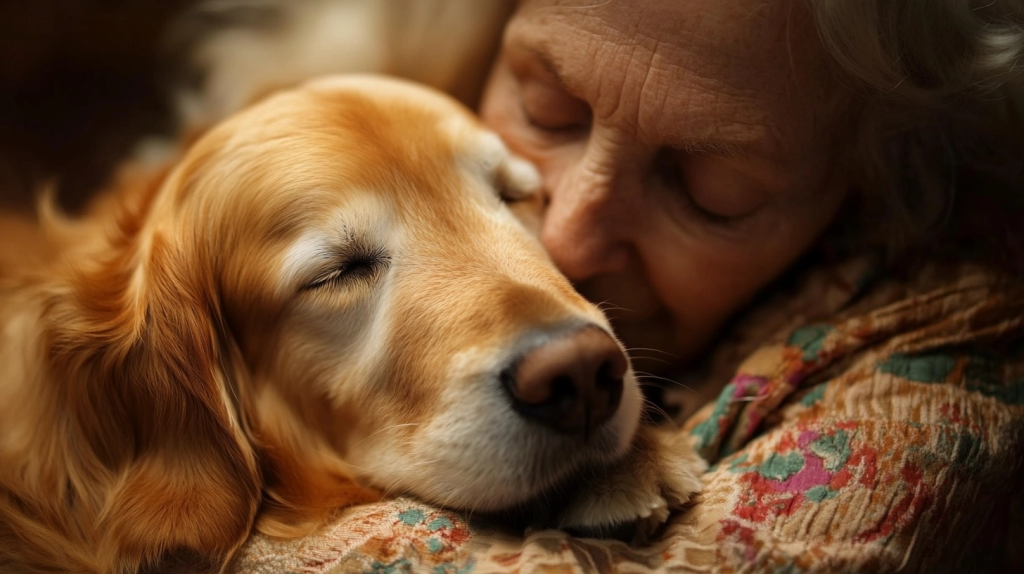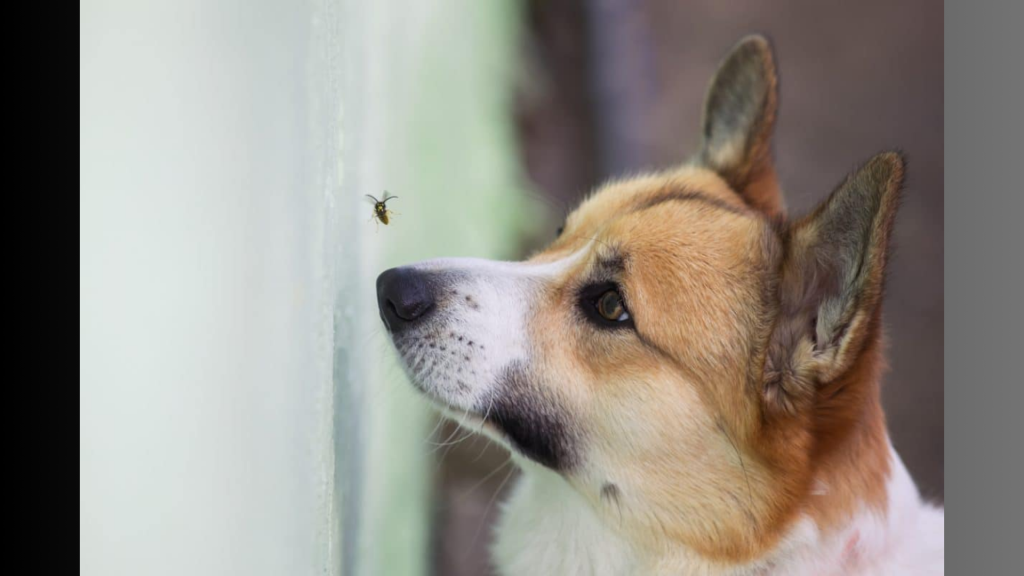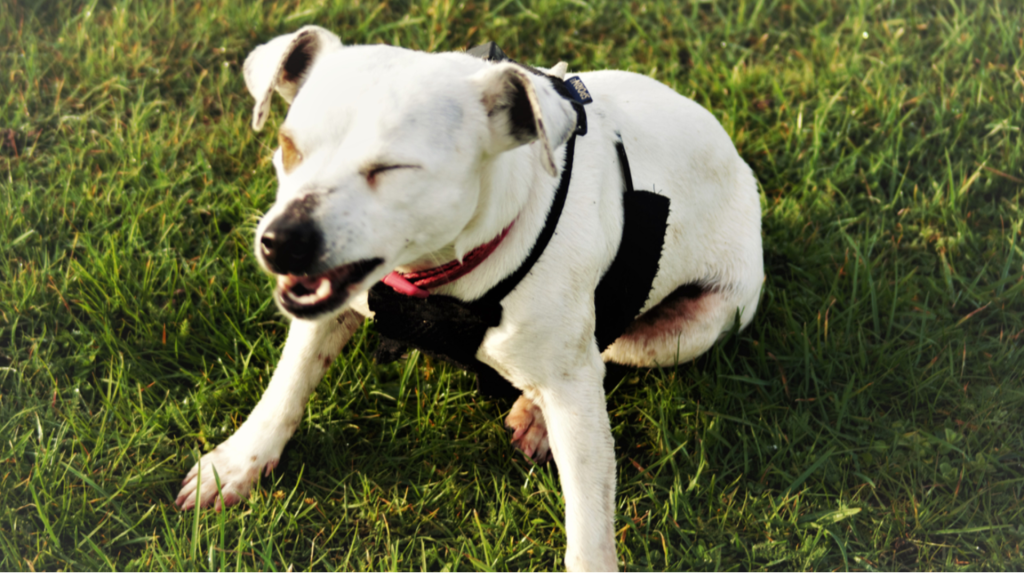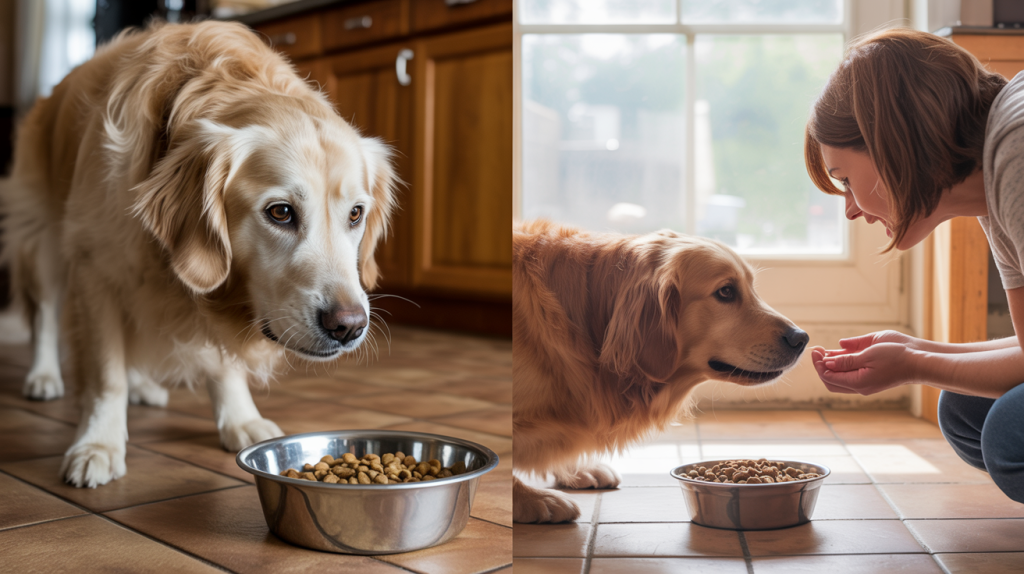Have dog lovers ever seen a Merle French Bulldog and wondered if those stunning coat patterns are too good to be true?
Many people fall head over heels for these beautiful pups with their unique mottled colors and striking blue eyes. But here’s what most folks don’t know – there’s a darker side to this beauty that breeders often keep quiet.
The truth about Merle French Bulldogs involves serious health risks, ethical concerns, and breeding practices that might shock potential owners. This article will share everything readers need to know about these controversial dogs, including the real facts that could save them heartbreak and thousands of dollars.
Keep reading to learn what every potential owner must understand before bringing one home.
What Exactly is a Merle French Bulldog and Why the Debate?
A Merle Bulldog carries a specific gene that creates a mottled coat pattern with patches of diluted color mixed with solid areas. These dogs often have striking blue eyes and come in various color combinations.
The blue Merle French bulldog is particularly popular, featuring bluish-gray patches against a lighter base coat.
But here’s where things get complicated. The Merle gene isn’t naturally found in purebred French Bulldogs. This means these dogs are likely mixed with other breeds like Chihuahuas or Australian Shepherds to introduce the Merle pattern. Many kennel clubs don’t recognize Merle as an official French Bulldog color for this reason.
The debate centers on health concerns and breeding ethics. While these dogs look stunning, the Merle gene can cause serious problems, including deafness, blindness, and other genetic issues when not bred responsibly.
Genetic Origins and Crossbreeding Controversies
The Merle gene creates those eye-catching coat patterns, but it comes with a complicated history in French Bulldogs. This gene wasn’t part of the original French Bulldog bloodline.
Breeders had to introduce it through crossbreeding with other dog breeds that naturally carry the Merle gene.
Here’s what most people don’t realize about the French bulldog Merle genetics. The Merle gene is dominant, meaning only one parent needs to carry it for puppies to show the pattern.
However, when two Merle dogs are bred together, the results can be devastating. Puppies can inherit double Merle genes, leading to severe health problems, including complete blindness and deafness.
Key Facts About Merle Gene Controversies:
- The gene originally comes from breeds like Australian Shepherds and Chihuahuas
- Purebred French Bulldogs don’t naturally carry this gene
- Many kennel clubs refuse to register Merle French Bulldogs as purebreds
- Responsible breeders avoid Merle-to-Merle breeding due to health risks
- Some countries have breeding restrictions on double Merle combinations
- The controversy splits the breeding community between profit and ethics
This crossbreeding reality explains why Merle French Bulldogs cost more and why their health outcomes can be unpredictable.
Major Health Risks Among French Bulldog Merle
The beautiful Merle pattern comes with a heavy price tag in terms of health complications. While these dogs look stunning, the genetic mutations responsible for their unique appearance can cause serious medical problems throughout their lives. Understanding these risks is crucial for anyone considering a Merle Bulldog.
Vision Problems and Blindness
French Bulldog Merle puppies face serious eye complications. The Merle gene can cause microphthalmia, where eyes don’t develop properly. Some dogs are born with smaller eyes or missing eyes entirely. Others develop cataracts early in life.
Double Merle dogs often suffer from complete blindness from birth. Even single Merle dogs can have vision issues that worsen over time.
Hearing Loss and Deafness
Deafness is another major concern with Merle French Bulldogs. The same gene that creates beautiful coat patterns can damage inner ear development.
Many Merle puppies are born partially or completely deaf. Double Merle dogs have the highest risk, with up to 86% experiencing some level of hearing loss.
This makes training and daily life much more challenging for both dog and owner.
Skin and Coat Issues
The Merle gene affects more than just color patterns. These dogs often develop skin problems, including allergies, hot spots, and sensitivity to sunlight.
Their diluted pigmentation offers less natural protection against UV rays. Some Merle French Bulldogs also experience patchy hair loss or abnormal coat texture. These skin issues can be lifelong and require expensive treatments.
Neurological Complications
Less common but serious neurological problems can occur in Merle French Bulldogs. Some dogs develop balance issues, seizures, or behavioral abnormalities.
The gene mutations that create Merle patterns can sometimes affect brain development. These complications are more frequent in double Merle dogs, but can happen in any Merle French Bulldog.
The Problems Associated with Double Merles
Double Merles: Double Merles happen when two Merle French Bulldogs are bred together. These puppies inherit the Merle gene from both parents, creating a genetic combination that’s often devastating.
They’re sometimes called “lethal whites” because many are born with white coats and severe health problems.
The Devastating Health Impact: Double Merle puppies face horrific odds. Most are born deaf, blind, or both. Many have missing or severely deformed eyes.
Some puppies are so sick that they don’t survive their first few weeks. The ones that do live often require lifelong medical care and special accommodations.
Why This Practice Continues: Despite knowing these risks, some breeders still produce double Merles. They might be inexperienced or prioritize profit over animal welfare.
Some even market these severely disabled dogs as “rare” or “special.” This practice is considered unethical by veterinarians and responsible breeders worldwide.
Many countries now have laws preventing such breeding practices.
Profit-Driven Breeding of Exploitation and Puppy Mill Concerns
The high demand for Merle French Bulldogs has created a breeding gold rush that often puts profit before animal welfare.
Unethical breeders exploit the popularity of these unique-looking dogs, charging premium prices while cutting corners on health testing and proper care.
- Merle French Bulldogs sell for $3,000 to $10,000, making them attractive targets for puppy mills seeking maximum profit with minimal investment
- Many commercial breeding facilities house dozens of Merle dogs in cramped, unsanitary conditions without proper veterinary care or health screening
- Puppy mills often breed Merle-to-Merle combinations despite knowing the health risks, producing disabled puppies that they struggle to sell
- Backyard breeders with little genetic knowledge accidentally create double Merles, then abandon or sell these sick puppies to unsuspecting families
- Online marketplaces are flooded with Merle French Bulldogs from questionable sources, making it hard for buyers to identify responsible breeders
- Some breeders falsely claim their Merle dogs are “purebred” to justify higher prices while hiding their crossbreeding history
Warnings from Experts and Real Experiences
The debate around Merle French Bulldogs isn’t just theoretical – it’s backed by veterinary science and real-world stories from owners who’ve lived through the challenges.
From professional warnings to heartbreaking personal accounts, the evidence paints a complex picture of what life with these dogs really looks like.
Veterinary Warnings Are Clear
Experts and veterinarians frequently warn against getting a Merle French bulldog due to serious genetic risks. These dogs face higher chances of deafness, blindness, and severe eye problems like microphthalmia.
When breeders mate two Merles, the resulting “double Merles” often have skeletal, heart, and reproductive issues on top of the breed’s existing breathing problems and allergies.
The Ethical Dilemma: Many kennel clubs refuse to recognize Merle French Bulldogs because of crossbreeding practices that put looks over health. This creates ongoing debates about whether these dogs should even exist.
Real Owner Stories Tell Two Different Tales
The Lucky Few: Some users on different forums and community websites report manageable issues like urinary crystals or allergies that improve with proper diet changes.
The Heartbreaking Reality: Others face shocking vet bills exceeding $17,000 for IVDD, heart problems, and multiple surgeries. Many describe constant battles with skin infections and temperature sensitivity issues.
Wrapping It Up
The Merle French bulldog story isn’t just about pretty coat patterns – it’s about making informed choices that affect a living being’s entire life.
While these dogs can bring joy to some families, the genetic risks, health costs, and ethical concerns are real and serious. Remember, responsible pet ownership starts with understanding what you’re truly signing up for.
What are your thoughts on Merle French Bulldog breeding practices? Share your experiences in the comments below.










